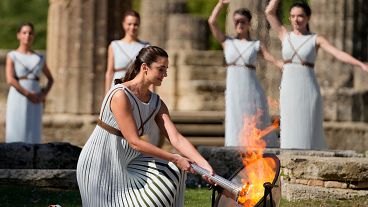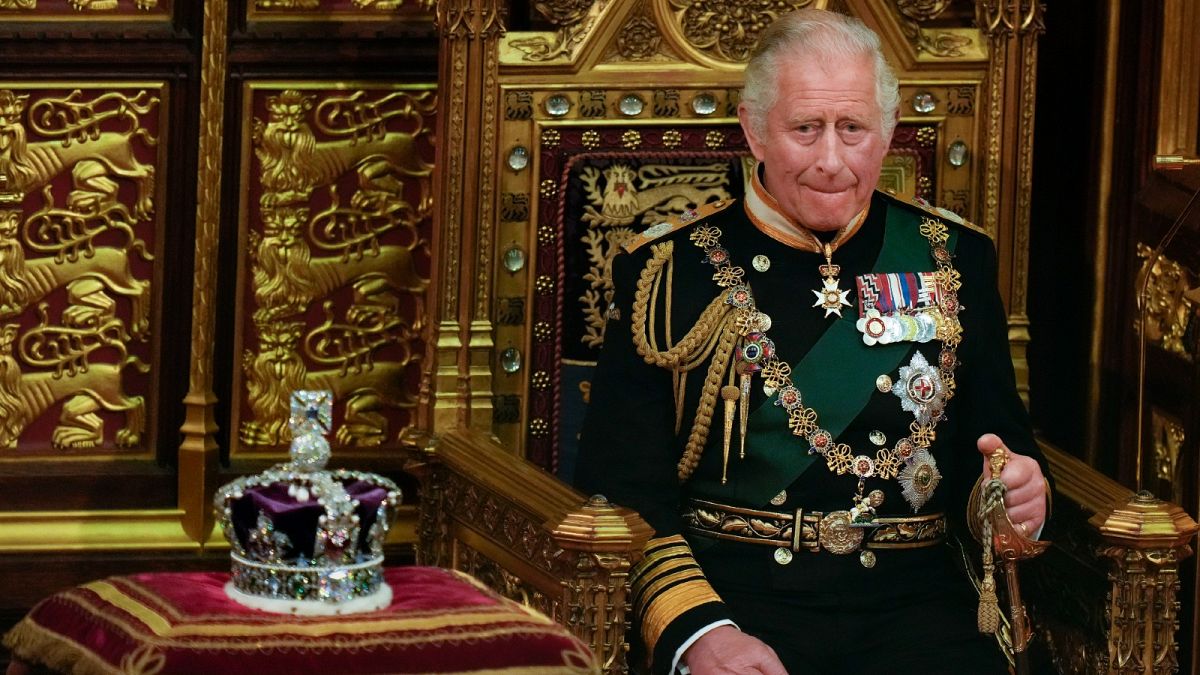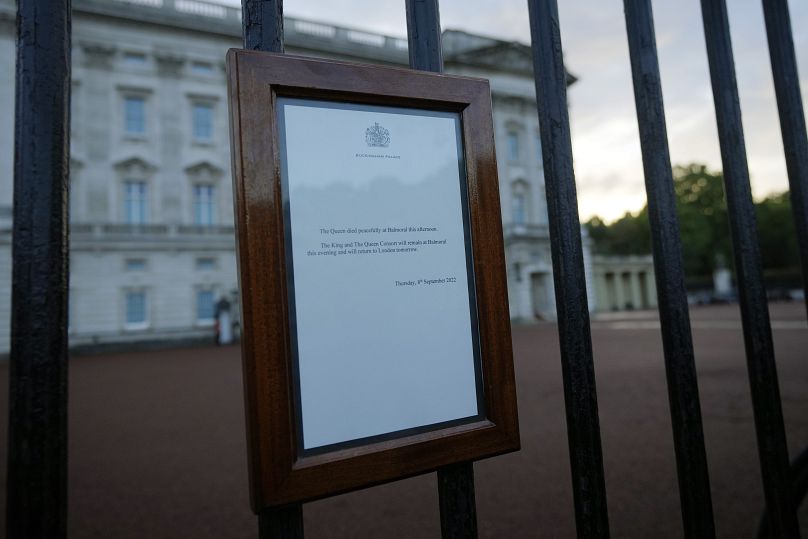There will be nine days between the death of Her Majesty and her funeral, which are carefully choreographed with ceremony, pageantry and formalities.
Nothing has been left to chance about the death of Queen Elizabeth II, which was confirmed on Thursday afternoon.
The details of what happens next have been planned out years, even decades in advance, and protocol dictates a strict timetable of events, a formal series of ceremonies and procedures that should unfold solemnly but seamlessly.
Upon her death, Prince Charles becomes king -- he will be known as King Charles III -- and the senior palace official who is in charge of succession planning informs Britain's new prime minister Liz Truss with the codewords "London Bridge is down". The news is then sent globally to the countries where the Queen was head of state, and to other Commonwealth countries.
"Charles was king immediately. The succession is instantaneous. The moment one monarch's heart stops beating, the next person in line takes over," said Professor Andrew Blick from King's College London, a senior adviser at The Constitution Society.
The rest of the world find out in a newsflash sent by Britain's Press Association, but even in this time of instant communication, a footman in mourning clothes posted a notice on black-edged paper outside Buckingham Palace.
Now there will be nine days of carefully choreographed events, including the recall of both houses of parliament in Britain, and a tour of England, Scotland, Wales and Northern Ireland by Charles, who will make his first address as head of state on the evening of his mother's death.
Flags across Britain will be lowered to half staff, and church bells will toll. On the first day after the Queen's death those flags will go up again, and at 11 am Charles will be proclaimed king, and swear oaths.
"It's a big event, it's a historical event, and I think if from the point of view of the monarchy although it's not a party political role, the monarch herself was an important figure.
"She was a focal point for the country, and provided a neutral dimension to the constitution, to the whole system, and Queen Elizabeth II was regarded as being a source of stability for the country and for the other countries where the monarch is head of state," Professor Blick told Euronews.
The start of nine days of ceremonies
Since the Queen died in Balmoral, there are several Scottish traditions and rituals to observe. Her body will first be taken to the palace at Holyroodhouse in Edinburgh, and from there the coffin will be taken up the Royal Mile, to St Giles's cathedral for a church service before being put on board the Royal Train at Edinburgh's Waverley station bound for London. Crowds are expected to gather along the route, at level crossings and on station platforms.
Eventually, the Queen's body will return to Buckingham Palace, where a military guard of honour will stand next to the coffin in the throne room. Four days after her death, the coffin will move to Westminster Hall to lie in state for another four days.
Her funeral, exactly nine days after her death, will be a huge occasion with dignitaries, mourners, pageantry and large crowds of up to a million people anticipated as the coffin makes its way through London past historical landmarks, with military salutes from Hyde Park.
"Her funeral I imagine will be on a larger scale than Prince Philip, that is clear. And there will be public demand. It will obviously be a major world media and diplomatic event. Heads of state from all over the world will be coming and it will be a big deal," said Professor Blick.
A muffled Big Ben will chime in sombre tones, and the coffin will arrive at Westminster Abbey at exactly 11 am.
After the service, the coffin will leave the Abbey and be put on a gun carriage, the same one that was used at the funeral of the Queen's father, grandfather and great-grandfather and pulled by more than a hundred junior sailors from the Royal Navy - a tradition that goes back to the funeral of Queen Victoria in 1901.
The gun carriage will make its way through London, past throngs of mourners, to Hyde Park Corner, where the coffin will be transferred to a car and driven to Windsor Castle, where British sovereigns are laid to rest.
Although Charles will already be king, he will not be formally crowned until later, perhaps in 2023.
"The timing for a coronation is not proscribed, but for instance Queen Elizabeth II succeeded to the throne in 1952 and the coronation was the next year," said The Constitution Society's Professor Andrew Blick.
"You need to get ready for a coronation, and allow a reasonable time to pass after the funeral to plan and prepare for it."



